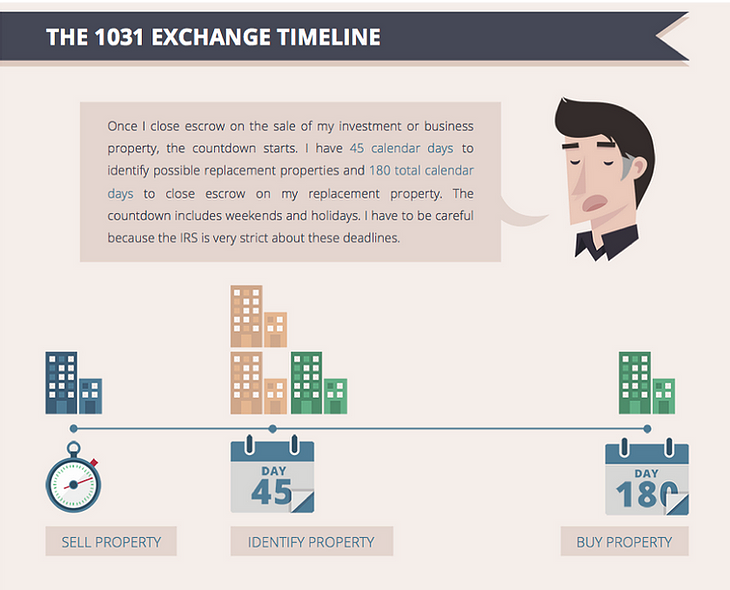top of page
"
A 1031 exchange gets its name from Section 1031 of the U.S. Internal Revenue Code, which allows you to avoid paying capital gains taxes when you sell an investment property and reinvest the proceeds from the sale within certain time limits in a property or properties of like kind and equal or greater value.
"
To understand the powerful protection a 1031 exchange offers, consider the following example:
An investor has a $400,000 capital gain and incurs a tax liability of approximately $140,000 in combined taxes (depreciation recapture, federal capital gain tax, state capital gain tax, and net investment income tax) when the property is sold. Only $260,000 in net equity remains to reinvest in another property.
Assuming a 25% down payment and a 75% loan-to-value ratio, the investor would only be able to purchase a $1,040,000 replacement property.
If the same investor chose to exchange, however, he or she would be able to reinvest the entire gross equity of $400,000 in the purchase of $1,600,000 replacement property, assuming the same down payment and loan-to-value ratios.
The Guide
bottom of page













